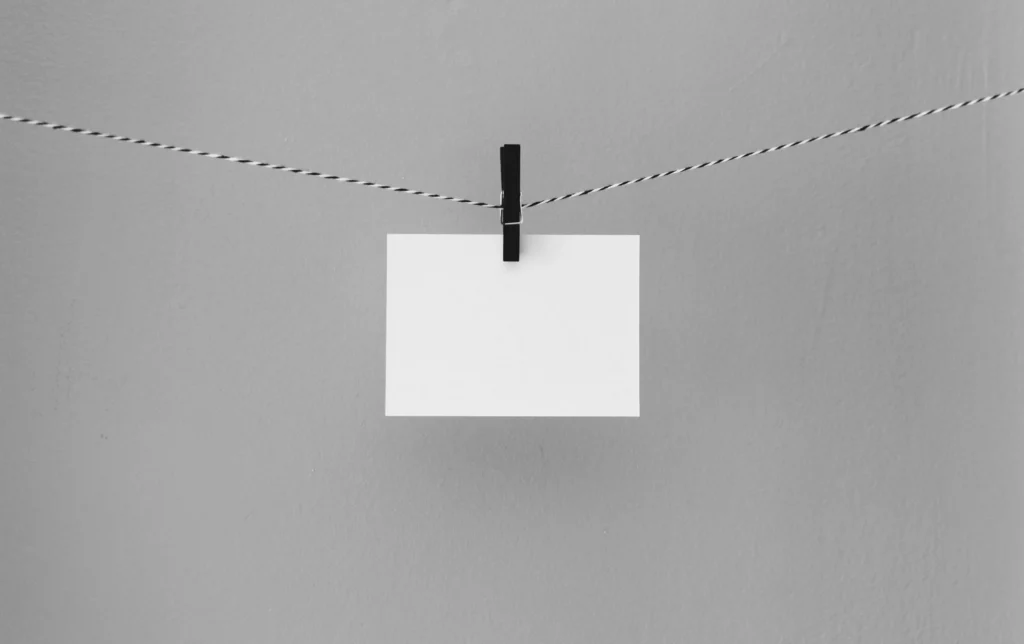Having straight handwriting makes your writings more readable and aesthetically pleasing. Straight handwriting can be a bit challenging to achieve, especially when writing on unlined paper, but it is completely feasible with consistent practice and focus on good technique.
The Role of Practice and Technique
Daily practice plays a key role in improving handwriting. Inspecting your handwriting repeatedly allows you to recognize mistakes and make necessary adjustments. Writing slowly also contributes to maintaining a straight line, as it gives you ample time to adjust the slant of your writing.

Full Arm and Wrist Movement
During handwriting, you engage multiple small movements in your fingers, wrist, hand, and arm. Emphasizing the use of your full arm and wrist, instead of just your fingers, make your handwriting appear cleaner and straighter.
Proper Posture and Pen Grip
Practicing correct handwriting posture contributes to improving your handwriting and maintaining a straight line. Correct positioning allows you more control over your handwriting. Additionally, holding your pen or pencil in a proper way can prevent loss of control, avoiding messy or tilted letters.

Creating Guides
When writing on unlined paper, creating guides can be quite helpful. Using the top edge of the paper or carefully placed faint pencil dots as guidelines can help you write straight. Erase these marks afterward to leave a clean, straight-lined text.
You can also place a piece of paper with dark lines beneath your stationery as a guide.
Take Advantage of Tools and Techniques
To maintain straight handwriting, you can utilize various tools and techniques, including:
- Lightbox: Use a lightbox or light pad for light-colored papers. Place your stationery over a sheet with dark lines on the lightbox. The light will shine through, providing visible guidelines.
- Laser level: A portable laser level can provide a helpful guide for maintaining straight lines, especially on uneven surfaces.
- Calligraphy Stencil: This comes handy when writing smaller scripts. The stencil guides your writing to stay in a condensed area, resulting in straight lines.

Preparing Drafts
When working with stationery, it can be helpful to prepare a rough draft on scratch paper before writing on the final paper. This method allows you to practice and avoid mistakes when writing the final piece.
Conclusions
Achieving straight handwriting may take a bit of practice and some assistance from various tools and techniques, but the resulting orderly and neat handwriting is worth the effort. Note that patience and consistent practice are the keys to improve any skill, including handwriting. With the right posture, proper grip, and guide strategy, you can significantly improve your handwriting and keep it straight.
